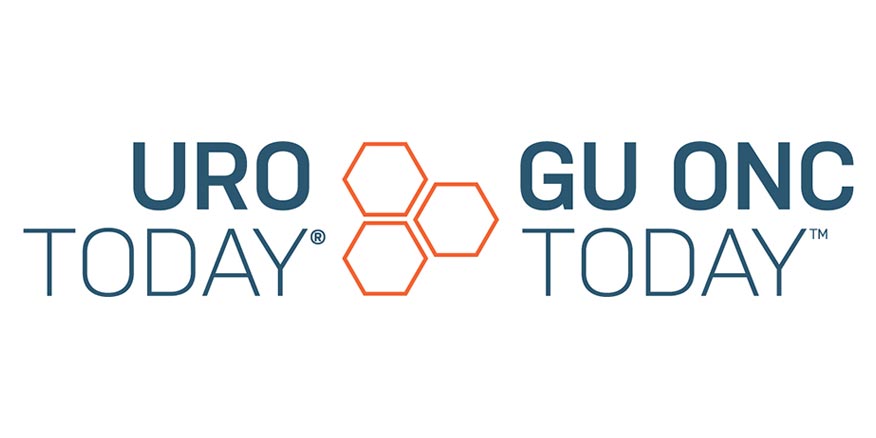7.8% Yield? Building a High-Income Dividend Portfolio

Building a diversified dividend portfolio capable of generating substantial passive income is achievable using readily available UK equities. This article outlines a hypothetical four-stock portfolio aiming for a 7.8% yield, illustrating the potential for significant annual income from a relatively modest investment. However, it is crucial to remember that investing in the stock market always involves risk, and past performance is not indicative of future results.
A £10,000 investment, allocated equally across four FTSE 100 companies, could potentially generate nearly £800 per annum in dividend income. This income would be tax-free if held within a Stocks and Shares ISA. *Please note: Tax treatment depends on individual circumstances and is subject to change. This article provides information only and does not constitute financial or tax advice. Readers should conduct their own thorough research and seek professional advice before making any investment decisions.*
The following table details the hypothetical portfolio, showing four companies from diverse sectors and their projected annual dividend income based on a £2,500 investment in each:
| Stock | Industry | Forward-looking Yield | Annual Income (£2,500 investment) |
|--------------|----------------------|-----------------------|------------------------------------|
| Sainsbury's | Consumer Goods | 5.9% | £148 |
| Aviva | Insurance | 8.0% | £200 |
| M&G | Savings & Investments | 10.5% | £263 |
| BP | Oil & Gas | 6.8% | £170 |
The portfolio's average forward-looking yield is approximately 7.8%, suggesting a potential annual income of roughly £780 from the £10,000 investment. This is significantly higher than current UK savings account interest rates.
The inherent risks of dividend investing:
Unlike savings accounts offering guaranteed capital security and interest rates, stock investments carry significant risk. Share prices can fluctuate, leading to capital losses, and dividend payments are never guaranteed. Companies may reduce or eliminate dividends due to financial difficulties. Three of the four companies listed (Aviva, BP, and Sainsbury's) have reduced dividends in the past decade during periods of financial strain. Therefore, thorough due diligence is crucial before investing in any dividend-paying stock; focusing solely on high yields without considering the underlying company's financial health is unwise.
Individual Stock Analysis:
Of the four stocks, M&G, with its 10.5% yield, stands out. Its position in the savings and investments sector is seen as promising, given the global need for retirement planning. The company's current forward-looking price-to-earnings (P/E) ratio of eight is significantly below the market average, suggesting potential undervaluation. However, despite a consistent dividend since its 2019 market listing, future dividend payments are not assured, and share price volatility remains a risk, particularly given its sensitivity to financial market conditions and asset under management performance.
Building a robust dividend portfolio:
To mitigate stock-specific risk, a well-diversified dividend portfolio should ideally include at least 15 different companies. This strategy reduces the impact of any single company's underperformance on the overall portfolio return. The UK market offers a wide range of high-yield opportunities for investors seeking to build a robust and diversified income stream.





